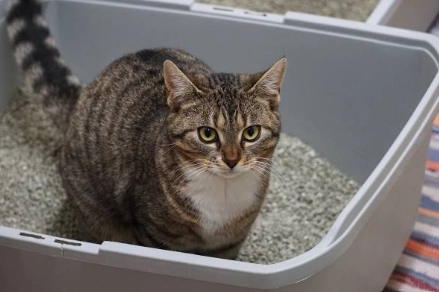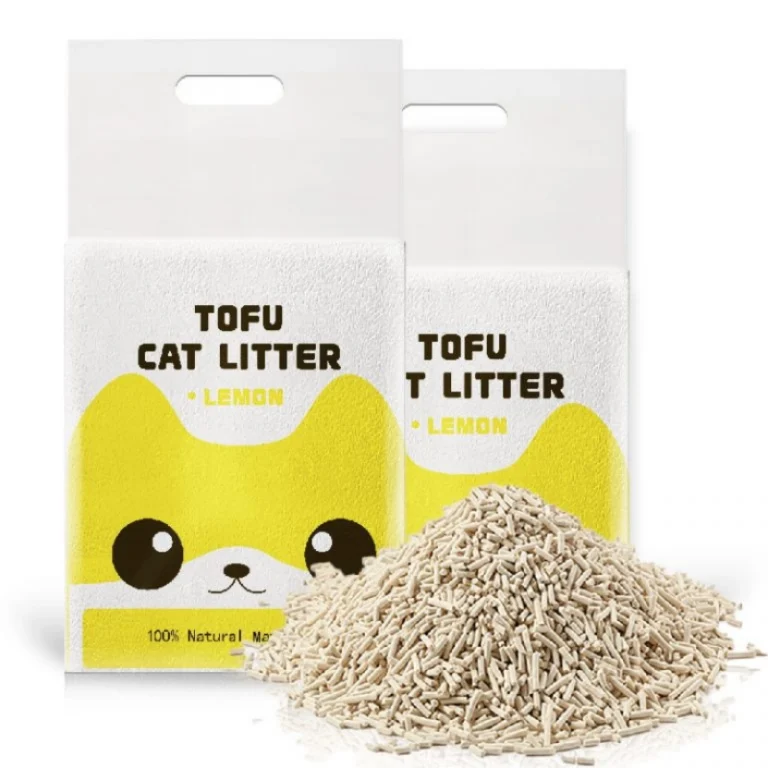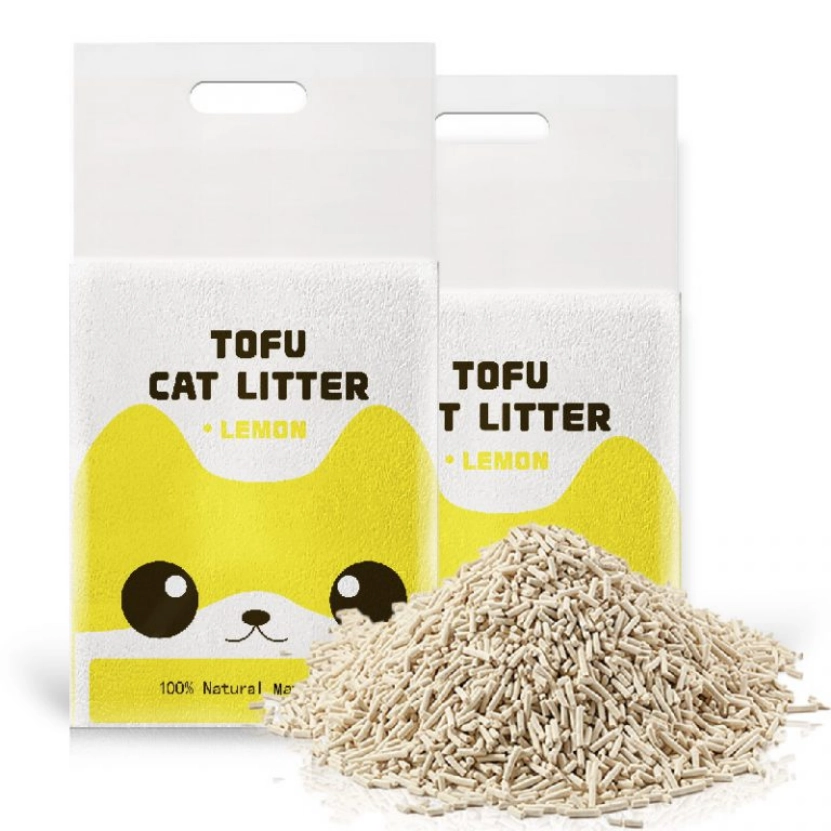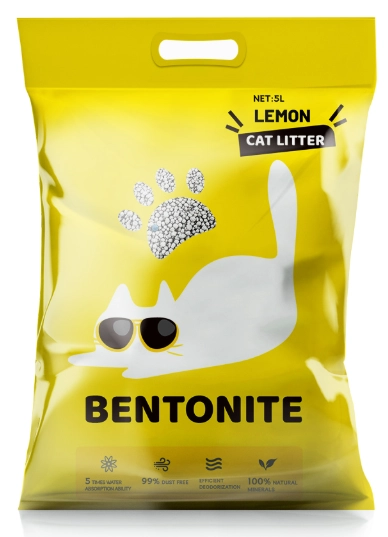
Alright, let’s be real about cat litter. Shopping for it can feel pretty confusing, right? It’s not one of those “grab and go” products. The stuff you pick actually matters a lot. Think about it – your cat has to feel good about using that box. Your home’s smell depends on your choice. And let’s not forget how much time you’ll spend cleaning up!
When you’re standing in that store aisle with all those bags staring back at you, it’s easy to feel lost. Seriously, where do you even begin? For most cat owners, everything boils down to one basic question: clumping or non-clumping? I know people who swear by each type. Both have their strong points and their drawbacks.
Let me break it all down for you in simple terms. We’ll focus on what really counts for your home and your furry friend. Want to check out more options? Bastet Pet has got you covered with plenty of choices made for everyday cat owners.
What Is Clumping Cat Litter?
So what exactly is this clumping litter? Here’s the simple version: when your cat pees in it, the wet litter sticks together. It forms those solid clumps you can scoop right out. This is super convenient. You don’t need to dump everything every time your cat goes. Most clumping litters use something called bentonite clay. This special clay puffs up when it gets wet. Sure, you can find some made from corn or soy, but let’s face it – most cat owners stick with the bentonite kind.
Pros of Clumping Cat Litter
Why do people love clumping litter? It saves you time and effort. Each day, you just fish out those dirty clumps. The rest of the litter stays perfectly usable. This does wonders for odor control too. All the smelly stuff gets locked inside those tight clumps. Many owners notice their litter supply lasts much longer. Why? Because you’re only tossing the soiled parts. Take Clumping Bentonite Cat Litter for example – it’s specially designed to form firm clumps and really tackle those nasty smells.
Cons of Clumping Cat Litter
Now for the not-so-great parts. This stuff usually costs more money upfront. Some of the cheaper bentonite litters can get pretty dusty. That dust might bother sensitive cats or even people with allergies. And here’s something important about kittens – those little explorers might try to taste the clumps. Not good at all. That’s why most vets will tell you to avoid clumping litter for young kittens. Wait until they’re past four months old.
What Is Non-Clumping Cat Litter?
Okay, so what about the other option? Non-clumping litter works differently. It soaks up urine but doesn’t form those neat clumps. The moisture spreads through the whole box. Because of this, you end up changing all the litter pretty often – typically every few days. You can find non-clumping types made from various materials. Wood pellets are popular, and so is recycled paper. Some people prefer the silica crystal kind.
Pros of Non-Clumping Cat Litter
What’s good about non-clumping? First off, it’s usually much less dusty. This is a big deal if your cat sneezes a lot or has breathing issues. Some varieties, especially wood and paper ones, are more earth-friendly. They break down naturally over time. Plus, let’s talk price – the big bags are often easier on your wallet. If you have multiple cats and don’t mind frequent changes, this could be your best bet.
Cons of Non-Clumping Cat Litter
The biggest headache? Odor control – or lack thereof. Without those tight clumps trapping smells, odors can escape much faster. You’ll probably find yourself doing complete litter changes every two to four days. That means more work for you, and you’ll go through litter much faster. Even though each bag costs less, you’ll be buying more of them. And if you forget to change it on time? Well, let’s just say germs love that environment.
What Are the Key Differences Between Clumping and Non-Clumping?
These two litter types handle waste in completely different ways. With clumping litter, your daily routine is simple: just scoop out the clumps. The clean litter remains ready for use, sometimes for weeks. Non-clumping doesn’t work that way. You can’t just remove the wet spots – everything has to go.
Now let’s talk smells. Clumping litters like Clumping Bentonite Cat Litter are real champs here. They seal urine and odor inside those solid clumps. Non-clumping varieties absorb the liquid okay, but the smell tends to escape much sooner.
What about cost? This is where it gets interesting. Clumping litter looks more expensive at first glance. But since you only remove the soiled parts, one bag lasts much longer. Non-clumping litter seems cheaper per bag, but you’ll be replacing everything frequently. Over months, you might end up spending just as much – or even more.
Oh, and your cat’s opinion matters too! Cats definitely have preferences. Some adore the soft, sandy texture of clumping clay. Others feel more comfortable walking on bigger pellets. Pay attention to your cat’s habits – their vote counts as much as the price tag.
Which Litter Should You Choose?
For single-cat households, clumping litter is usually the winner. It keeps odors under control and makes cleanup a breeze. With multiple cats, non-clumping might work if you’re diligent about frequent changes.
Consider your cat’s age and health too. Kittens, older cats, and those recovering from surgery often do better with non-clumping. It’s safer if ingested and gentler on tender paws. Environmentally conscious? Check out non-clumping litters made from wood or paper. But for most healthy adult cats, clumping bentonite litter is the practical everyday choice.
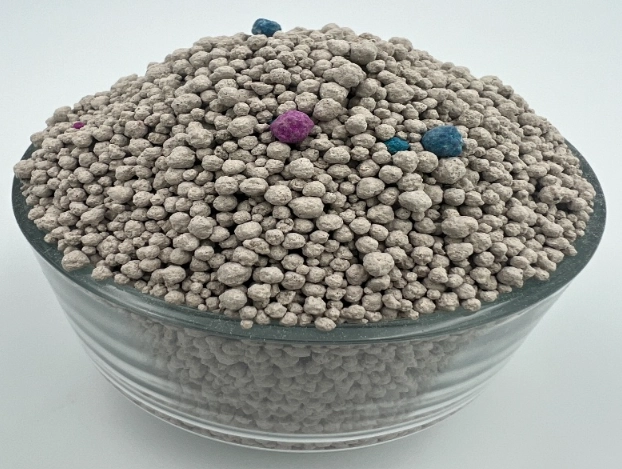
What Practical Tips Can Help Cat Owners?
My advice? Test different litters in small quantities first. Cats can be incredibly fussy about their bathroom arrangements. Some will straight-up refuse to use a litter they dislike. Always maintain at least two inches of litter depth – this helps with absorption.
If you choose clumping litter, make daily scooping your habit. For non-clumping, set a reminder to change everything every few days. And please, use a good mat under the litter box! It catches tracking litter and saves your floors.
Worried most about odors? Clumping Bentonite Cat Litter is specifically designed to tackle that problem. Bastet’s litter products offer several good options if you want to explore more.
BASTET (Tianjin) Pet Products Co., Ltd. has built quite a reputation in Tianjin. They manufacture quality cat litters including tofu, crystal, and bentonite varieties. Their Clumping Bentonite Cat Litter earns particular praise for quick clumping, low dust, and excellent odor control. These features genuinely make cleaning easier for owners while keeping cats comfortable.
They use modern equipment and maintain strict quality checks. Their products reach customers across many countries. Beyond litter, Bastet also produces cat beds, scratching posts, and cat trees. Everything they make addresses real pet owner challenges – think odors, messes, and convenience. People trust Bastet because their products deliver results. Visit their about page or contact them directly to learn more.
FAQ
Q1: Is clumping cat litter safe for kittens?
Hold off on clumping cat litter for kittens under four months. Their curiosity might lead them to taste it, which isn’t safe. Non-clumping litter is the wiser choice until they’re older.
Q2: How often should you replace non-clumping litter?
Plan to completely replace non-clumping litter every two to four days. This routine keeps the box fresh and hygienic.
Q3: Does clumping litter last longer than non-clumping?
Generally, yes. Since you only remove the soiled clumps, the clean litter keeps working. You won’t need to replace everything as often.
Q4: Which type of litter is better for odor control?
Clumping litter typically wins here. Bentonite clay versions like Clumping Bentonite Cat Litter are especially effective at locking in odors.
Q5: Can clumping and non-clumping litter be mixed?
Technically possible, but not recommended. Mixing reduces the effectiveness of both types. You’re better off choosing one and sticking with it.

